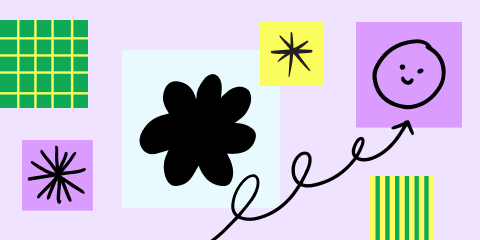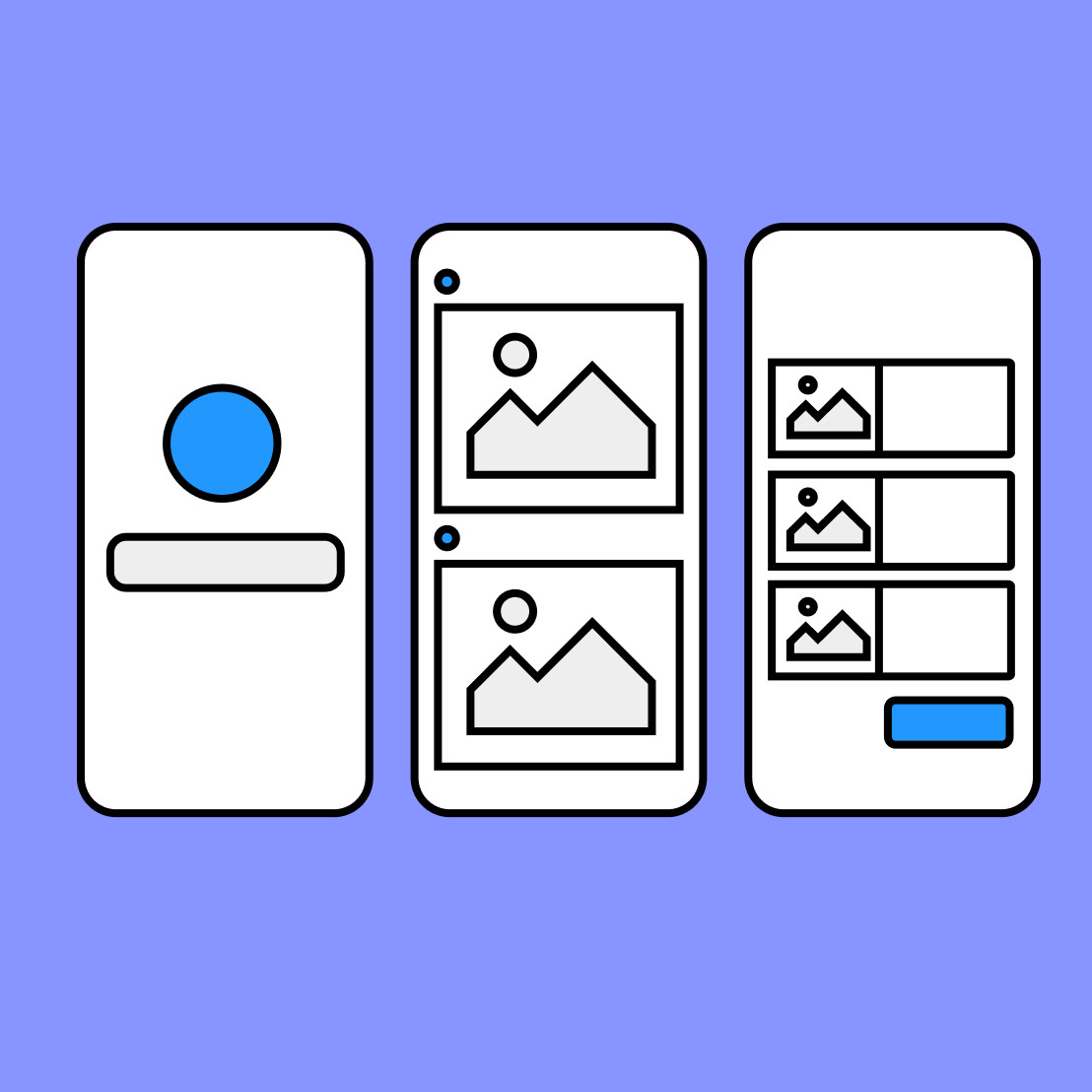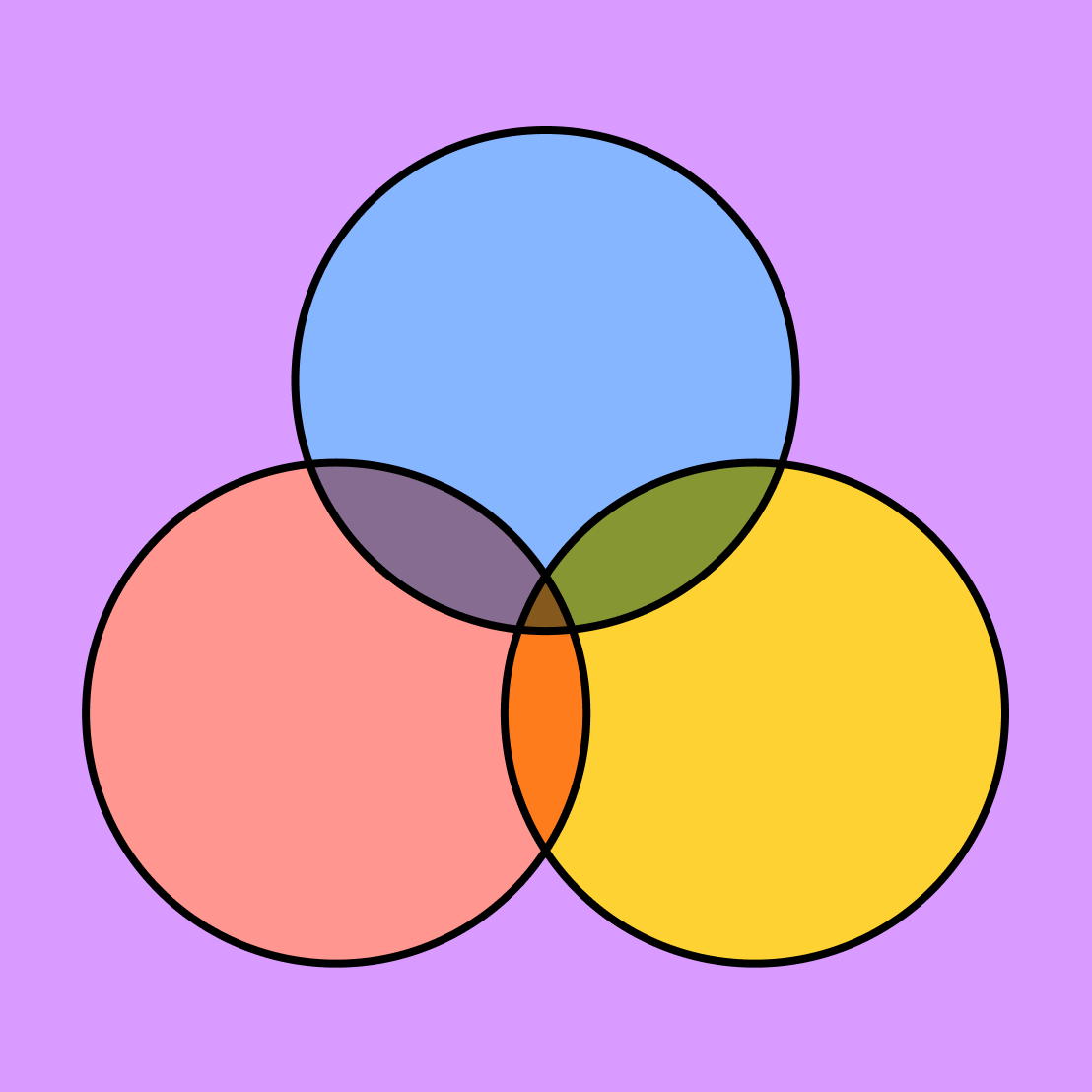- Шаблон iphone для figma
- iPhone template
- Mobilize your product—pocket-sized
- Dial into a simplified workflow
- Шаблон iphone для figma
- iPhone template
- Mobilize your product—pocket-sized
- Dial into a simplified workflow
- Адаптивные шаблоны Figma: как сделать гибкий дизайн-компонент мобильной навигации iOS
- Из чего состоит Tab Bar
- Адаптивный компонент
- Проблема кроется в иконках
- Способ первый — сразу отсоединять иконки
- Cпособ второй — хранить в системе иконки двух типов
- Способ третий — добавление промежуточного компонента
Шаблон iphone для figma
An all-in-one design platform
An online whiteboard for teams
Free expertly crafted files you can duplicate, remix, and use
Extend what’s possible and automate work
The future of iPhone app design is at your fingertips. Build anything from platform games to financial tools with this streamlined template.
iPhone template
Envision everybody’s next digital obsession and translate your concept into a user-friendly app with this team-based template.
Mobilize your product—pocket-sized
Maximize convenience and innovate on the go. It all starts with an efficient iPhone design template.
Tap into creativity: Oversee designs and developments as your app design progresses.
Swipe right on functionality: Visualize the framework of your app and ensure positive user interactions.
Phone a friend: Ask teammates to review your design for clarity and added user insight, before youВ launch.
Even Dave-from-accounting’s classic gifs are starting to go stale. Looking to spice up a dwindling thread with coworkers? Keep ideas fomenting and your app-development lively using FigJam’s collaborative free widgets like Lil Notes, Teams, and Vote.
Dial into a simplified workflow
Get the 411 on how to update your designs and embrace creativity as a team. Let FigJam be your operator with free, customizable resources.
Familiarize yourself with the competition and strategize effectively.
Bring logos and product design to the forefront using this interactive template.
Like a bag of rice, FigJam’s free resources take your ideas from waterlogged to fully functional.
How can I design an iPhone app?
All iPhone app design processes begin by identifying a need, be it consumer or product-based. For example, you may be constructing a mobile version of online banking for an existing institution, or you could be inventing a stand-alone product. Either way, your app should strive for convenience, efficiency, and user-friendliness. You can achieve these traits by running your app mockup and any beta versions past your entireВ team.
How do I create my own app for iPhone?
iPhone apps templates are here to bring your dizziest daydreams into 16k resolution. Explore FigJam’s free iOS app templates, iPhone templates, and app design examples for a clear structure that covers all the bases, or sketch your own diagram.
Here’s a basic rundown of the app development process:
1. Name your app.
2. Research your customer base to identify theirВ needs.
3. Plan out your timeframe andВ budget.
4. Customize app design from scratch or with iPhone mockup templates.
5. Install your app presentation onto an iPhone screenВ toВ test.
6. Publish and promote.
What does it take to design an app?
Getting a fresh app out there isn’t as far-fetched as some might expect—it just requires creativity and collaboration in spades. Gather a team of like-minded developers, including graphic designers and software engineers, to flesh out your initial concept. Or if you’re using no-code iPhone templates, dive in solo. With the different angles of outside input and a lot of testing, your app will be live in no time.
Шаблон iphone для figma
An all-in-one design platform
An online whiteboard for teams
Free expertly crafted files you can duplicate, remix, and use
Extend what’s possible and automate work
The future of iPhone app design is at your fingertips. Build anything from platform games to financial tools with this streamlined template.
iPhone template
Envision everybody’s next digital obsession and translate your concept into a user-friendly app with this team-based template.
Mobilize your product—pocket-sized
Maximize convenience and innovate on the go. It all starts with an efficient iPhone design template.
Tap into creativity: Oversee designs and developments as your app design progresses.
Swipe right on functionality: Visualize the framework of your app and ensure positive user interactions.
Phone a friend: Ask teammates to review your design for clarity and added user insight, before youВ launch.
Even Dave-from-accounting’s classic gifs are starting to go stale. Looking to spice up a dwindling thread with coworkers? Keep ideas fomenting and your app-development lively using FigJam’s collaborative free widgets like Lil Notes, Teams, and Vote.
Dial into a simplified workflow
Get the 411 on how to update your designs and embrace creativity as a team. Let FigJam be your operator with free, customizable resources.
Familiarize yourself with the competition and strategize effectively.
Bring logos and product design to the forefront using this interactive template.
Like a bag of rice, FigJam’s free resources take your ideas from waterlogged to fully functional.
How can I design an iPhone app?
All iPhone app design processes begin by identifying a need, be it consumer or product-based. For example, you may be constructing a mobile version of online banking for an existing institution, or you could be inventing a stand-alone product. Either way, your app should strive for convenience, efficiency, and user-friendliness. You can achieve these traits by running your app mockup and any beta versions past your entireВ team.
How do I create my own app for iPhone?
iPhone apps templates are here to bring your dizziest daydreams into 16k resolution. Explore FigJam’s free iOS app templates, iPhone templates, and app design examples for a clear structure that covers all the bases, or sketch your own diagram.
Here’s a basic rundown of the app development process:
1. Name your app.
2. Research your customer base to identify theirВ needs.
3. Plan out your timeframe andВ budget.
4. Customize app design from scratch or with iPhone mockup templates.
5. Install your app presentation onto an iPhone screenВ toВ test.
6. Publish and promote.
What does it take to design an app?
Getting a fresh app out there isn’t as far-fetched as some might expect—it just requires creativity and collaboration in spades. Gather a team of like-minded developers, including graphic designers and software engineers, to flesh out your initial concept. Or if you’re using no-code iPhone templates, dive in solo. With the different angles of outside input and a lot of testing, your app will be live in no time.
Адаптивные шаблоны Figma: как сделать гибкий дизайн-компонент мобильной навигации iOS
Всякий раз, создавая новый продукт, хочется сделать его лучше предыдущего, подобрать элегантное решение, чтобы создать удобные и гибкие компоненты дизайн-системы в Figma.
При создании набора компонентных iOS-шаблонов для Figma я решил поэкспериментировать с компонентом Tab Bar. Напомню, что в гайдлайнах iOS это нижняя навигация. Мне хотелось, чтобы его содержимое имело логичное и оптимальное поведение при ресайзе. Хотелось сделать его максимально адаптивным для всех iOS-устройств, насколько это позволяет сделать Figma и направляющие (constraints).
Кстати, если вы используете Figma, я рекомендую обратить внимания на наши готовые дизайн-системы. Они помогают фрилансерам завершать больше заказов в месяц, программистам позволяют создавать красивые приложения самостоятельно, а тимлиды «пробегают» спринты быстрее, используя готовые дизайн-системы для командной работы.
А усли у вас серьезный проект, то наша команда готова развернуть дизайн-систему внутри организации на базе наших наработок и подогнать под конкретные задачи, используя Figma. Web / desktop, так и любой мобайл. С React / React Native мы тоже знакомы. Пишите в Т: @kamushken
Из чего состоит Tab Bar
Tab Bar представляет из себя набор иконок с подписями либо без, по нажатию ведущие в соответствующий раздел приложения. Активный раздел всегда подсвечивается цветом. Гайдлайнами рекомендовано использовать от трёх до пяти разделов внутри приложений, использующих Tab Bar как основной навигационный контрол.
Адаптивный компонент
Пока что ни один инструмент для дизайна интерфейсов не даёт возможностей полной адаптивности. Figma не исключение, в ней используется уже классический constraints-подход, но даже с ним можно сделать многое. Например, на анимации ниже можно увидеть идеальное и фактически адаптивное поведение Tab Bar на всех устройствах:
Элементы двигаются пропорционально отступам между ними. Ниже я расскажу о том, как простым путём добиться такого поведения.
Проблема кроется в иконках
Хорошая дизайн-система в Figma обязательно содержит библиотеку иконок. Хотя бы основных системных. Это избавляет от необходимости каждый раз импортировать их вручную из SVG-файлов.
По хорошему, для каждого компонента-иконки, из которых вы соберёте себе удобную библиотеку со временем, должны стоять констрейны в режиме Scale. Тогда вы получите гибкую иконку, которую можно использовать в любых размерностях: 16х16, 44х44 и так далее.
Скорее всего, именно такую иконку через левую панель Figma вы перебросите внутрь Tab Bar и добавите подпись, когда начнёте создавать компонент. И проблема в том, что с такими констрейнами иконку всегда будет плющить внутри Tab Bar при ресайзе, если вы хотите получить адаптивный компонент:
Есть несколько способов решения проблемы
Способ первый — сразу отсоединять иконки
Я предположил выше, что в вашей дизайн-системе все компоненты иконок в режиме Scale, значит, при создании Tab Bar можно сразу разрывать связь с ними и присваивать каждой иконке индивидуальные констрейны Center. Она в свою очередь останется во фрейме, которому нужно выставить режим Scale.
- Плюс: скорость.
- Минус: отсоединение компонента от системы.
Используйте функциональность Detach Instance в контекстном меню для компонента иконки
Cпособ второй — хранить в системе иконки двух типов
Этот способ может подойти, если иконок не так много в проекте. Просто дублируете весь Scale-набор, распускаете, меняете констрейны на Center, снова создаёте компоненты и отправляете на новую страницу с другим именем. Последнее время мне кажется здравой идея о том, что несколько сотен иконок в любой системе для Figma можно хранить как Scaleable, так и Centered.
- Плюс: гибкость.
- Минус: если иконок много, их сложнее упорядочивать.
Левая иконка растягивается пропорционально, тогда как вокруг иконки справа растягивается лишь фрейм
Способ третий — добавление промежуточного компонента
Согласно концепции атомарного дизайна, такой компонент будет считаться молекулой. Упаковываете в него иконку и подпись, затем смело ставите констрейны Center обоим, а для самой молекулы ставите режим Scale, когда вложите их в свой Tab Bar. Таким образом констрейны самой иконки будут проигнорированы.
Кроме того, иконка с подписью — это эффективный навигационный паттерн. Так почему бы не переиспользовать этот компонент где-нибудь ещё в проекте?
- Плюс: эффективность.
- Минус: лишний компонент системы.
Лично я использую третий способ. Мне кажется он более элегантный и профессиональный. Может быть у вас есть свои способы? Пишите в комментариях.
Кстати, последнее время во время любых дизайн-исследований я делюсь мыслями в прямом эфире на своем телеграм-канале Полезное Дизайнеру.
Кстати, если вы понимаете западные дизайн-тренды, внимательны к сетке, типографике, горизонтальному ритму и вообще к каждому пикселю, то у вас есть отличная возможность присоединиться к небольшой команде Setproduct, чтобы совместно наполнить digital-рынок качественными дизайн темплейтами, которые экономят другим командам целые месяцы разработки. Напишите мне в Telegram.
















